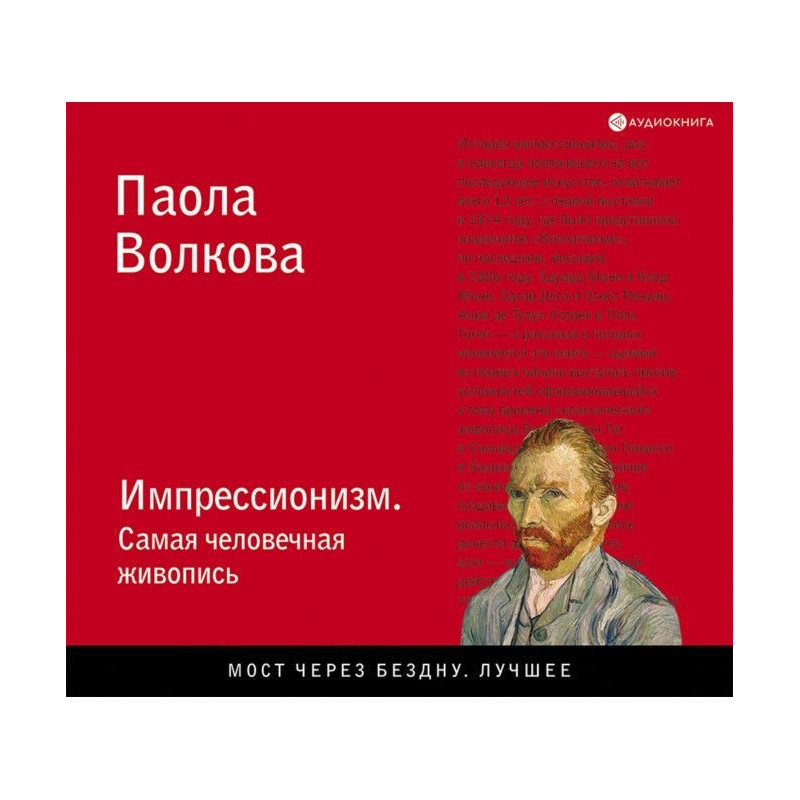Cultural industries
 Instant download
Instant download
after payment (24/7)
 Wide range of formats
Wide range of formats
(for all gadgets)
 Full book
Full book
(including for Apple and Android)
Professor at the University of Leeds (UK) David Hesmondhals analyzes changes in the cultural industries since the 1980s, and also provides the reader with an overview of existing approaches to explaining the causes of these changes. The author examines in detail the debate about the role of culture and creativity in modern societies, paying special attention to issues of copyright, cultural policy, celebrity influence, etc. It places transformations in the cultural industries in a long-term political, economic and cultural context. His work takes a distinctively critical approach to cultural production, drawing on political economy, cultural studies, sociology and social theory. CONTENTS: PREFACE TO THE SECOND EDITION 11 INTRODUCTION: CHANGE AND CONTINUITY, POWER AND CREATIVITY 14An overview of some changes - the importance of continuity 14Why are cultural industries important? 16Overview of the Arguments 22The Problem of Definitions 27Alternative Terms 32From “Cultural Industry” to Cultural Industries 32Text-Producing Industries: Distinctive Features 35From the Author 45PART ONE. ANALYTICAL APPARATUS. APPROACHES TO CULTURE 49Economics of culture and media 49Liberal-pluralist communication studies 52Political economic approaches 53What kind of political economy? 55Sociology of culture, organizational and management studies 59Radical sociology of media. Media studies 61The problem of meaning: thoughts on texts 63Approaches within cultural studies 64Beyond the opposition between cultural studies and political economy... And everything else 69Production versus consumption 70Texts, information and entertainment 70Issues of epistemology 71Politics and political programs 72Issues of determination and reductionism 73Further reading 75II. The assessment of the cultural industry is 78 months of cultural production in the economy and society 78 viewing of compensation 83-to-business and structure 86organization and creative autonomy 94 cultural labor and its advantages 103Digitalization, convergence and new media 109 Deliciting literature 114III. EXPLAINING CULTURAL INDUSTRIES 116Three forms of reduction: technological, economic and cultural 116Contexts for change and continuity in the cultural industries 1945-1990 118Political economics change: the long decline 121Political and regulatory changes: the rise of neoliberalism 122Changing business strategies 126Technological change: information technology and consumer electronics 138Further reading 144PART TWO. POLICY CHANGESIV. MARKETIZATION IN TELECOMMUNICATIONS AND BROADCASTING 147Deregulation, return to regulation and marketization of culture 151Telecommunications and broadcasting - why is the state so interested? 1541980s: Arguments Refuted, Marketization Follows 157Four Waves of Marketization 159First Wave: Changes in Telecommunications Policy in the United States, 1980-1990 161Second Wave: Changes in Broadcasting Policy in Other Industrialized Countries, 1985-1995 164Public Broadcasting Under Attack: substantive analysis of change 170Third wave: transitional and mixed societies from 1989 onwards 177Fourth wave: towards convergence and internationalization, from 1992 onwards 182Further reading 188V. CULTURAL POLICY AND COPYRIGHT LEGISLATION 190Cultural policy 191Copyright 207Additional reading 214PART THREE. CHANGES AND CONTINUITY IN CULTURAL INDUSTRIES SINCE 1980VI. OWNERSHIP, STRUCTURE, AND SIZE 219Ownership and Corporate Structure: Big Gets Big 220Changing Corporate Strategies: Formation of Conglomerates 226Changing Corporate Strategies II: Vertical Integration 230Are Cultural Markets Becoming More Concentrated? Is it important? 233Maintaining the presence of small companies 239Interdependence, networks and alliances between companies 241Are cultural industries expanding? 243Commodification continued 252Further reading 257VII. ORGANIZATION AND CULTURAL WORK 258Creativity Management 259The Growing Importance of Marketing and Market Research 263Creativity Control: Still Weak but Increasing 268Superstars, Authorship, and Creative Autonomy 272Journalistic Autonomy and Media Moguls 274Conditions and Circumstances of Cultural Work 279Further Reading 287VIII. INTERNATIONALIZATION, GLOBALIZATION AND CULTURAL IMPERIALISM 289Factors Determining US Cultural Dominance 289Neither Cultural Imperialism nor Globalization 291Television and Geocultural Markets 298International Film Industry: The Power of Hollywood 311Cultural Imperialism and Popular Music 319Additional reading 324IX. NEW MEDIA, DIGITALIZATION AND CONVERGENCE 327Defining New Media 327An Overview of Digitalization—and Chapters 329Digital Gaming 332The Internet and the Web 335Digital Distribution—Reinventing the Music Business? 341The Internet and Circulation Control 346Access and Inequality—Digital Divides 349The Commercialization of the Internet 351Convergence—The Promise of Future Wonders 355Digital Television 358Further Reading 366X. TEXTS: DIVERSITY, QUALITY, AND SERVING INTERESTS 368Choice, Diversity, and Plurality 368Social Justice and Change in Texts 378A Decline in Quality? 394Further reading 405CONCLUSIONS: A NEW ERA OF CULTURAL PRODUCTION 407Extent of change 407Assessing change/continuity 413Explaining change/continuity 416Implications for future research 417GLOSSARY 421BIBLIOGRAPHY 428
Data sheet
- Name of the Author
- Дэвид Хезмондалш
- Language
- Russian
- Translator
- Инна Викторовна Кушнарева












